Deer shed hunting is an exciting outdoor activity that many outdoor enthusiasts look forward to each year. It not only provides a great opportunity to spend time in nature but also allows hunters to gather valuable information about the local deer population.
Whether you’re a deer hunter or just a fan of wildlife animals, in this article, we’ll cover everything you need to know about deer shed hunting, including tips, the best time and places to hunt, training your dog, and the legalities for this activity.
What Is Deer Shed Hunting?
Deer shed hunting is an interesting activity of searching for antlers that deer naturally shed each year, especially popular among hunters and outdoor enthusiasts.
Shed hunting is not only a fun way to spend time outdoors with family but also a valuable scouting tool for hunters, as it helps identify which bucks survived the hunting season and their movement patterns.
Usually, deer will start to shed their antlers between late winter and early spring (from January to March), depending on the region and the deer’s health.
If you are lucky to find any deer antlers, you can collect them for various purposes, including crafting, decoration, and as a source of information about the local deer population.
See how deer shed their antler and grow new ones!
Best Time to Hunt For Deer Sheds
The timing of shed hunting is crucial. In most regions, deer antler shedding starts between January and March, with the peak period happening in February.
However, the exact timing can vary based on factors like location, weather, nutrition, and the deer’s age. For example, older bucks tend to shed earlier than younger ones.
To maximize your success, start searching as soon as the snow begins to melt. This is when sheds become more visible, and you can search for more ground without worrying about the snow.
Many shed hunters will also set up trail cameras to monitor the deer in specific areas to determine when deer start shedding their antlers. Trail cameras can be a valuable tool for this purpose.
Best Places to Hunt Deer Sheds
Knowing where to look is half the battle. For beginner hunters, here are some of the best spots to find deer sheds:
- FeedingAreas: Deer spends a lot of time near food and water sources in late winter, such as cornfields, agricultural fields, food plots, and streams. These areas are prime locations for finding sheds.
- Bedding Areas: Thick cover near bedding areas is another hotspot. Bucks often drop their antlers while resting or moving between bedding and feeding areas. Search thick cover, brushy areas, and other places where deer are likely to bed down.
- Travel Paths: Deer moves a lot between feeding and bedding areas. Fence lines, creek crossings, and trails connecting these two areas are excellent places to search. When deer jump through fences or cross water, the jolt of their movement can cause antlers to fall.
- South-Facing Slopes: Deer prefers sunny, south-facing slopes in winter to stay warm. These areas are often rich in sheds.
How to Find Shed Antlers?
Finding shed antlers requires a bit of knowledge, skill, and persistence. If you want to find yours successfully, keep reading the following tips to grow your chances:
- Expand Search Scope: The more ground you cover, the higher your chances of finding sheds. Walk slowly and methodically through any possible areas.
- Use Maps and GPS: Utilize maps and GPS to mark locations where you find sheds. This can help you identify patterns and focus your efforts on productive areas.
- Look for Signposts: Deer often leave signs of their movements such as rubs, scrapes, and trails. These can lead you to areas where deer spend a lot of time and are more likely to shed their antlers.
- Team Up: Shed hunting with a partner or group can increase your chances of success and enjoy more fun. You won’t be alone out there and you will have more eyes on the ground for a higher likelihood of finding sheds.
- Stay Patient: Shed hunting can be challenging, and it may take several trips before you find your first antler. Stay persistent and keep refining your techniques.
Deer Shed Hunting Gear
We all know that having the right gear can make your shed hunting experience more enjoyable and successful. Here are some essential items to consider:
- Comfortable Footwear: Invest in a good pair of hiking shoes or hunting boots that provide support and traction. You’ll need to walk a long way in a day, so comfort is key.
- Binoculars: Using binoculars can help you spot sheds from a distance, saving you time and effort.
- GPS or Mapping App: Use a GPS device or hunting app to mark locations and track your progress.
- Backpack: A sturdy backpack is essential for carrying supplies, water, and any sheds you find.
- Snacks and Water: Stay energized and hydrated by packing plenty of snacks and water.
- Gloves: Protect your hands from thorns, briars, and rough terrain with a good pair of gloves.
Deer Shed Hunting Tips
If you are ready to start your shed hunting, don’t forget to check the tips that we have already applied to our hunts:
You should walk slowly because you may have a hard time finding some antlers. After they fall on the ground, they will blend with the natural environment so take your time and scan the ground carefully.
Since this activity is popular, you should start your hunting as soon as possible. This ensures that you have the best chance of finding fresh sheds before they are damaged or taken by other animals.
In the outdoors, tools are essential. Bring a good pair of binoculars that can help you spot sheds from a distance, especially in open fields.
Don’t give up! It is a good way to check those high-traffic locations multiple times. Deer may drop antlers over several weeks, so revisit those areas throughout the season.
While shed hunting is fun and rewarding, it’s essential for anyone to practice ethical behavior to ensure the peace of wildlife and the environment.
If you are hunting on private land, make sure to obtain permission before entering private land. Trespassing is illegal and can lead to bad results.
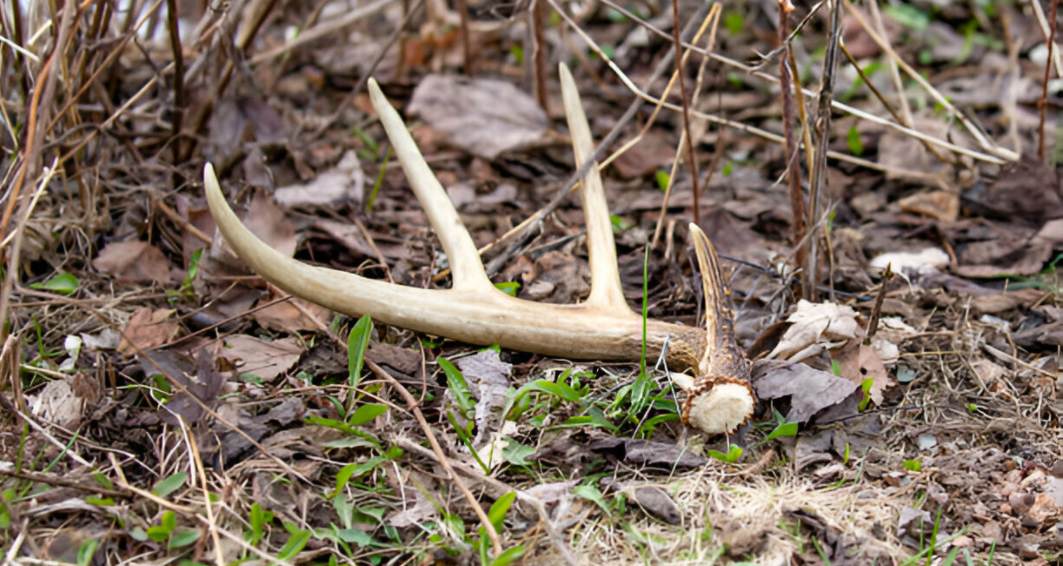
Go Deer Shed Hunting With Dogs
A well-trained dog will be a good helper for shed hunting. Dogs have an incredible sense of smell and can check on more ground than humans, making them excellent at finding sheds. Popular hunting dog breeds include Labrador Retrievers, Golden Retrievers, and German Shorthaired Pointers.
How to Train a Dog to Hunt Deer Sheds?
For an effective hunting experience with your dogs, you should ensure your dog has a solid foundation in basic obedience commands such as sit, stay, and come.
To train your dog, let’s start with learning about deer antlers. Try to teach your dog to fetch objects like balls or toys. This builds the foundation for retrieving items.
Next, let them be familiar with the antler scent. Use a rubber antler toy coated with antler scent to teach your dog to associate the smell of antlers. Don’t forget to reward them with treats!
Next, play hide-and-seek with them. Hide the toy in different locations and encourage your dog to find it. Gradually, you can switch to a real antler if you have one at hand.
Once your dog is comfortable with the basis, you can take them to the field to practice finding sheds.
Is Deer Shed Hunting Legal in the U.S.?
Yes. Deer shed hunting is legal in the United States. But notice that some states may have their own regulations.
Such as, in California, shed hunting is legal on most public lands, but it is prohibited on lands managed by the California Department of Fish and Wildlife (CDFW).
Also, some states do not allow you to take antlers from a dead deer or skull. You can only collect those that fall from deer naturally.
It is better to always check local regulations before heading out and ensure you are hunting legally and ethically.
How Much Are Deer Sheds Worth?
For some of us, finding deer antlers is not only a way of exploring nature, but also a way to get benefits from it.
You can take it as an offer-season activity when deer seasons end. By continuing to do this, you can learn more about deer patterns and well prepare for the next hunting season.
In addition, deer antlers can be sold for profit. The value of deer sheds can vary widely depending on factors such as size, condition, and market demand.
On average, deer sheds can range from $10 to $50 per pound. You will find higher prices for larger and more unique antlers, especially if they are used for crafting or as DIY projects.
Final Thoughts
Deer shed hunting is a rewarding activity that combines outdoor adventure with the joy of discovery. By following these tips and strategies we have just talked about, you’ll increase your chances of success and make the most of your time in the field.
Remember to respect private property, minimize your impact on the environment, and practice ethical behavior to ensure that shed hunting remains a sustainable and enjoyable activity for everyone.
So grab your gear, put on your Kalkal hunting boots, and start your shed hunting adventure!


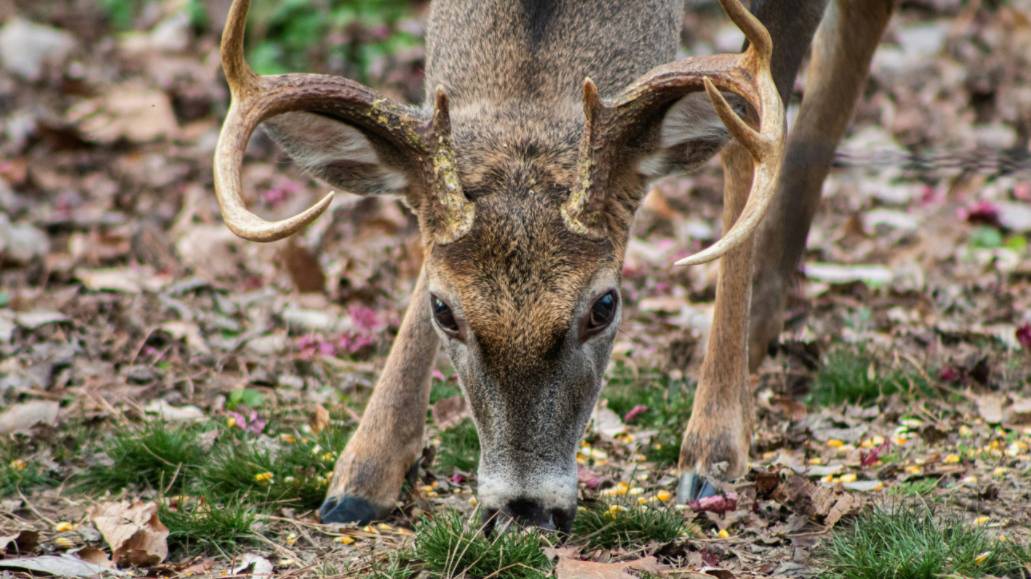
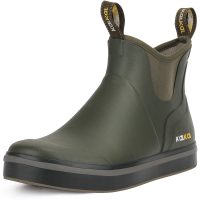
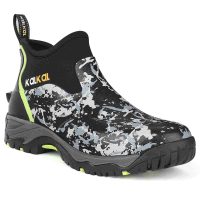

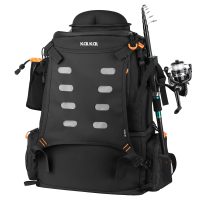
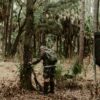

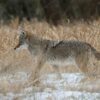
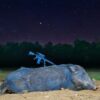
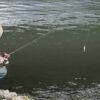
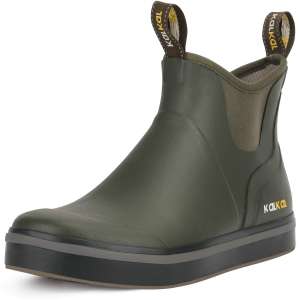
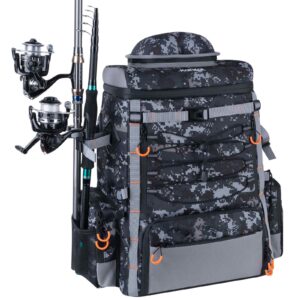
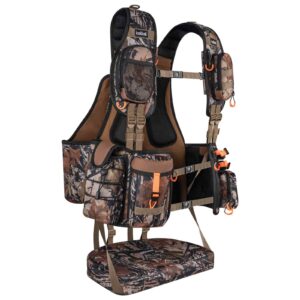
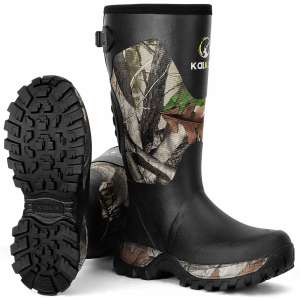
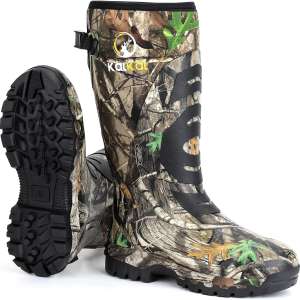
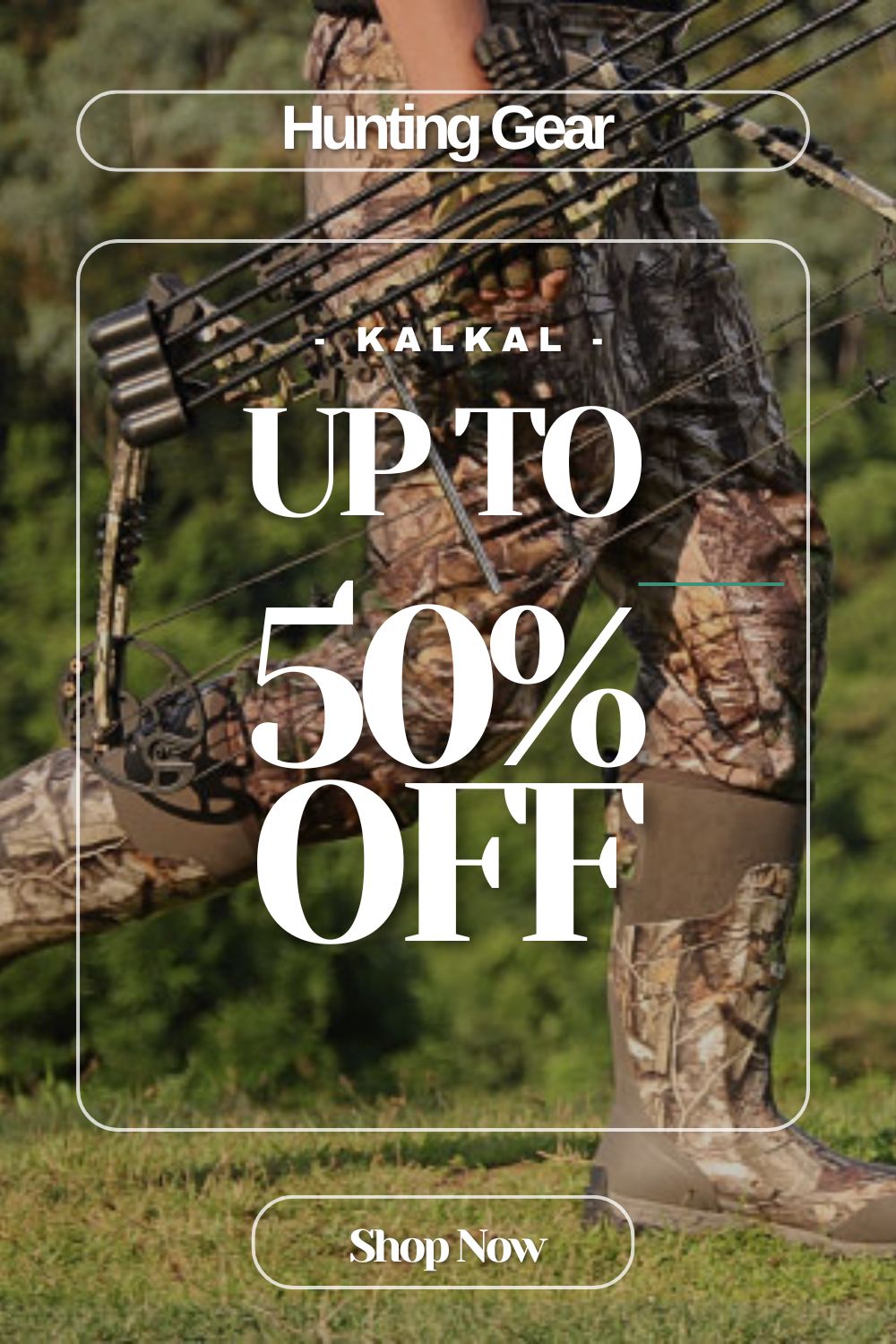

2 comments on “When, Where and How to Hunt For Deer Sheds?”
Alex
This is so helpful! My husband and I have found a couple of antler sheds by luck, but we would love to get more into it. These tips are exactly what we needed to help us! We are going out one last time in case there were any that were missed, so we will be able to try out some of your tips. Thanks so much for sharing!
Lynn
It’s great that you have already found some antler sheds, what a fun hobby! Best of luck on your outing; I hope you discover even more. Happy hunting!